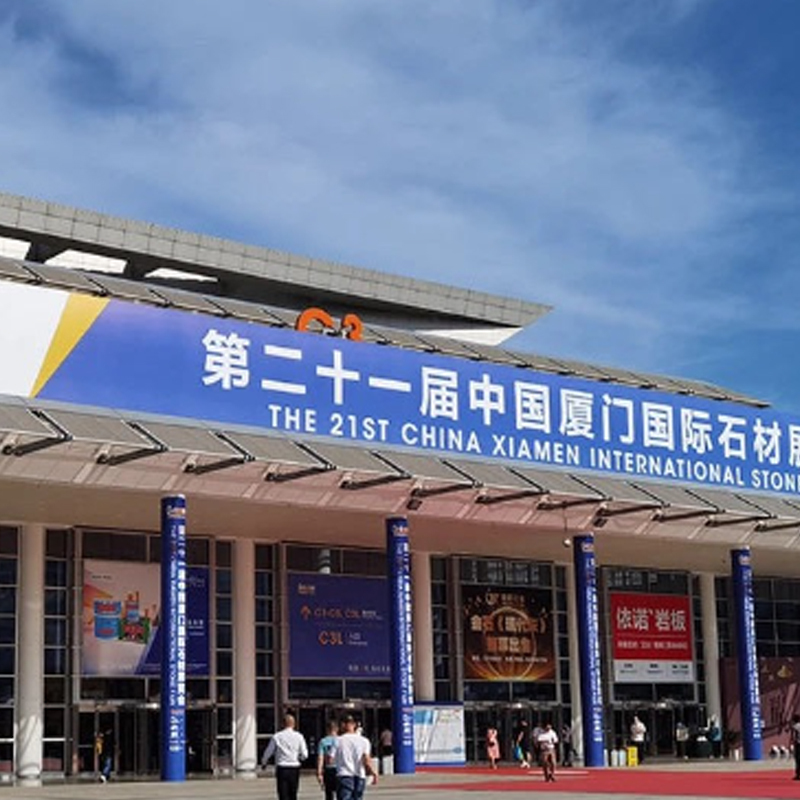Adidas, a name synonymous with sportswear innovation and style, has come a long way from its humble beginnings in a small German town. This article delves into the fascinating journey of Adidas, exploring its rich history, groundbreaking innovations, and global impact. Whether you’re a sports enthusiast, a fashion lover, or simply curious about iconic brands, this comprehensive look at Adidas will provide valuable insights into how a family-run shoe business transformed into a worldwide sportswear phenomenon.
Key Takeaways: Adidas’ Journey from Local to Global
- Adidas’ German roots and the visionary founders behind the brand
- The company’s pivotal role in sportswear innovation and performance gear
- Expansion strategies that propelled Adidas to international success
- Adidas’ influence on sports, fashion, and popular culture
- The brand’s commitment to sustainability and social responsibility
What Are the German Roots of Adidas?
Adidas’ story begins in the small Bavarian town of Herzogenaurach, Germany. Founded by Adolf “Adi” Dassler in 1949, the company’s origins actually date back to the 1920s when Adi and his brother Rudolf started making shoes in their mother’s laundry room. The Dassler Brothers Shoe Factory, as it was known then, gained popularity among athletes for its innovative designs and quality craftsmanship.
The company’s European manufacturing roots were crucial in establishing Adidas as a premium brand. The attention to detail and commitment to quality that characterized German engineering became hallmarks of Adidas products. This foundation in excellence would prove instrumental as the brand expanded beyond its local market.
“The brand with the three stripes” was born from Adi Dassler’s vision to provide athletes with the best possible equipment.
How Did Adidas Evolve from a Local Shoemaker to a Global Brand?
Adidas’ transformation from a local shoemaker to a global sportswear icon is a testament to its innovative spirit and strategic growth. The brand’s expansion can be attributed to several key factors:
- Sports Technology Development: Adidas consistently pushed the boundaries of sportswear technology, introducing revolutionary concepts like removable spikes in football boots.
- Olympic Sponsorships: The brand gained international recognition through strategic partnerships with Olympic athletes, showcasing its products on the world stage.
- Football Partnerships: Adidas became deeply ingrained in the world of football, sponsoring major teams and tournaments, which significantly boosted its global visibility.
As Adidas’ reputation grew, so did its international presence. The company established subsidiaries and production facilities in various countries, adapting to local markets while maintaining its core values and quality standards

.
What Role Did Innovation Play in Adidas’ Success?
Innovation has been at the heart of Adidas’ success since its inception. The company’s commitment to sportswear innovation has resulted in numerous groundbreaking products and technologies. Some notable examples include:
- The introduction of the screw-in stud system for football boots in 1954
- The development of the “Adidas Micropacer” in 1984, one of the first “smart” shoes
- The launch of the “Boost” cushioning technology in 2013, revolutionizing running shoes
These innovations not only improved athletic performance but also positioned Adidas as a leader in the sportswear industry. The brand’s focus on research and development continues to drive its success in performance gear innovation.
How Has Adidas Influenced Sneaker Culture and Fashion?
Adidas’ impact extends far beyond the realm of sports. The brand has played a significant role in shaping sneaker culture and influencing global fashion trends. Iconic models like the Superstar, Stan Smith, and Gazelle have transcended their athletic origins to become fashion staples.
The brand’s collaborations with designers, artists, and celebrities have further cemented its position in the fashion world. These partnerships have resulted in limited-edition releases that often become highly sought-after collectibles, blurring the lines between sportswear and high fashion.
| Iconic Adidas Model | Year Introduced | Cultural Impact |
|---|---|---|
| Superstar | 1969 | Hip-hop culture icon |
| Stan Smith | 1971 | Fashion staple |
| Gazelle | 1968 | Retro-cool favorite |
What Challenges Has Adidas Faced in Its Global Expansion?
While Adidas’ journey to becoming a global sportswear icon has been impressive, it hasn’t been without challenges. The company has faced various obstacles in its expansion, including:
- Intense Competition: Rivalry with other major sportswear brands, particularly Nike, has pushed Adidas to constantly innovate and adapt.
- Market Positioning: Balancing its image as both a performance-driven and fashion-forward brand has required careful strategy.
- Supply Chain Complexities: Managing a global supply chain while maintaining quality and ethical standards has been an ongoing challenge.
Despite these challenges, Adidas has consistently demonstrated resilience and adaptability, finding ways to overcome obstacles and maintain its position as a leading sportswear brand.

How Does Adidas Approach Sustainability and Corporate Social Responsibility?
In recent years, Adidas has placed a strong emphasis on sustainable practices and corporate social responsibility. The company has set ambitious goals to reduce its environmental impact and improve its social footprint. Some key initiatives include:
- Committing to use only recycled polyester in all products by 2024
- Developing innovative materials like ocean plastic and plant-based leather alternatives
- Implementing fair labor practices across its global supply chain
- Supporting community programs and grassroots sports initiatives worldwide
These efforts not only align with growing consumer demand for ethical and sustainable products but also demonstrate Adidas’ commitment to being a responsible global citizen.
What Sets Adidas Apart from Its Competitors?
In the highly competitive sportswear industry, Adidas has managed to carve out a unique position for itself. Several factors contribute to the brand’s distinctiveness:
- Heritage: Adidas’ long history and German roots lend it an air of authenticity and expertise.
- Innovation: Continuous investment in research and development keeps Adidas at the forefront of sportswear technology.
- Design Philosophy: The brand successfully balances performance-driven design with fashion-forward aesthetics.
- Cultural Relevance: Adidas has maintained its appeal across generations through strategic collaborations and marketing.
These unique selling points have helped Adidas maintain a strong market position and loyal customer base in the face of fierce competition.
What Does the Future Hold for Adidas?
As Adidas looks to the future, several trends and strategies are likely to shape its trajectory:
- Digital Transformation: Increasing focus on e-commerce and digital experiences to meet changing consumer preferences.
- Sustainability: Continued emphasis on eco-friendly materials and production methods.
- Personalization: Leveraging technology to offer more customized products and experiences.
- Emerging Markets: Expanding presence in high-growth regions like Asia and Latin America.
By staying true to its innovative spirit while adapting to new market realities, Adidas is well-positioned to maintain its status as a global sportswear icon for years to come.

How Can Businesses Learn from Adidas’ Global Success?
Adidas’ journey from a small German shoe factory to a global sportswear powerhouse offers valuable lessons for businesses of all sizes. Key takeaways include:
- The importance of continuous innovation and adaptation
- The power of strategic partnerships and collaborations
- The value of maintaining brand heritage while embracing change
- The significance of sustainability and social responsibility in modern business
For businesses looking to expand globally, Adidas’ approach to balancing local manufacturing with international production can be particularly instructive. While the company has its roots in European manufacturing, it has successfully leveraged global supply chains to meet demand and enter new markets.
If you’re considering expanding your business and are looking for reliable manufacturing partners, particularly in China, BuyFromChinaDirect can help. Our expertise in sourcing and logistics can support your growth strategy, much like how Adidas has utilized international production to fuel its global expansion. Contact us to learn how we can help you source smarter and more efficiently, supporting your journey to becoming a global brand.



























